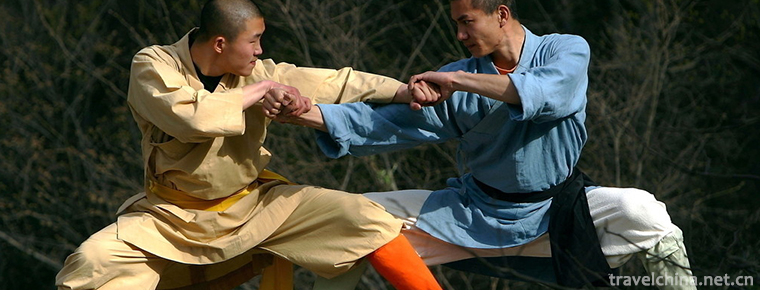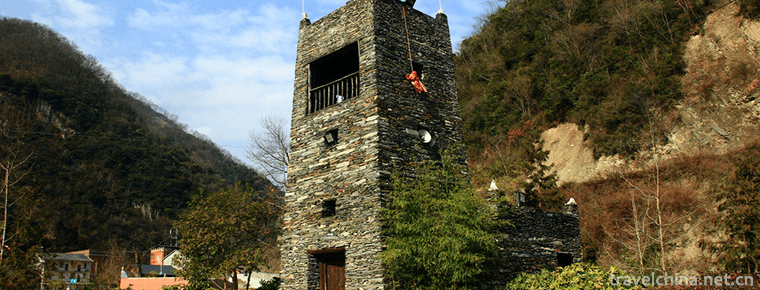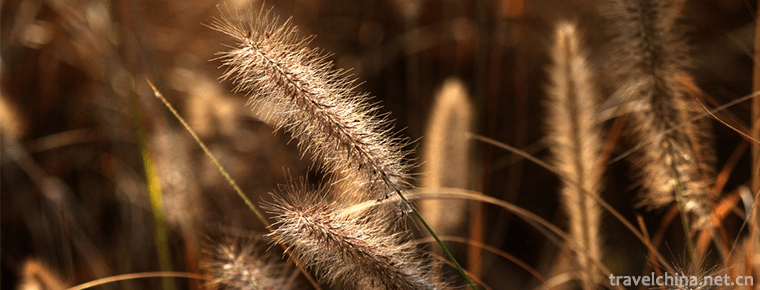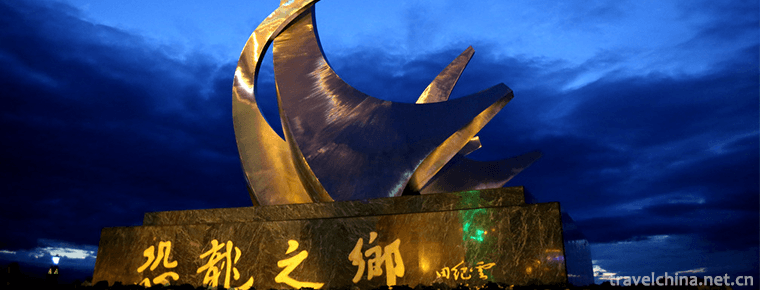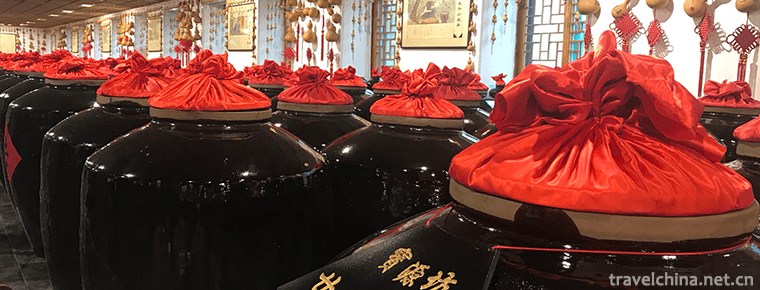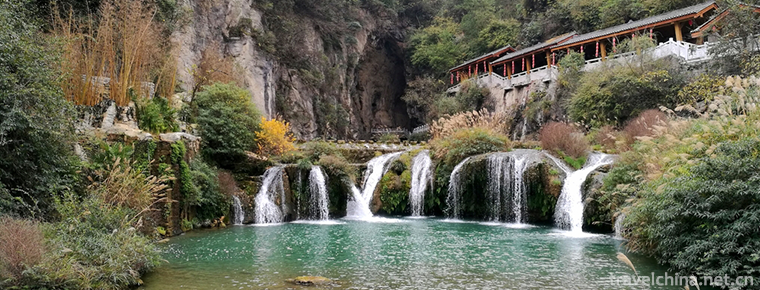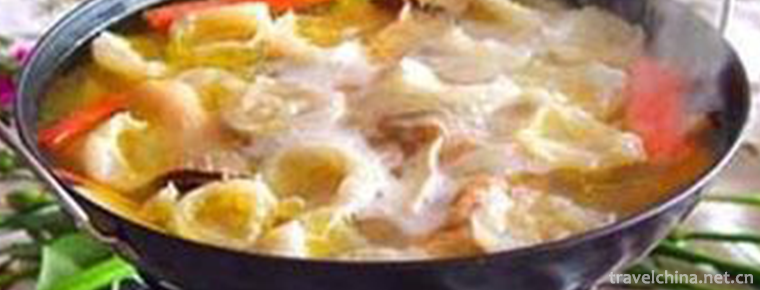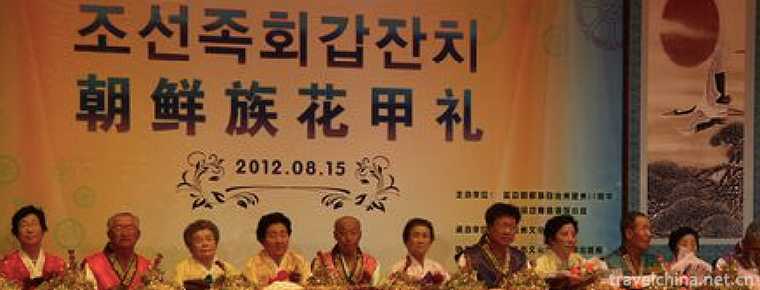Sheng Guanyue in Jizhong
Sheng Guanyue in Jizhong
Jizhong Sheng wind music is popular in Jizhong Plain, that is, south of Beijing, west of Tianjin, north of Cangzhou and Dingzhou frontline nearly 30 counties and cities of traditional drum music varieties, the local folk commonly known as "concerts".
In 2006, Jizhong Sheng Music was listed in the first batch of national intangible cultural heritage list with the approval of the State Council.
historical origin
Jizhong Sheng wind music is popular in Jizhong Plain, that is, south of Beijing, west of Tianjin, north of Cangzhou and Dingzhou, nearly 30 counties and cities of drum music varieties, folk commonly known as "concerts". It is also called "Sheng Guan Music" because it is mainly composed of pipes, Sheng and other accompaniments. In addition to Sheng and wind instruments, there are also Yungong, flute and percussion instruments such as drums, cymbals, clang and so on. There are three types of music: divertimento, ditty and independent percussion. The divertimento is a major part of Sheng wind music because of its long length and complex structure. "Sheng Guanyue" spreads all over the central Hebei Plain. Farmers from all over the country, taking villages as units, play and inherit in local folk activities such as sacrifices, ceremonies and funerals by means of music festivals.
Jizhong wind music was originally played in two forms: the North Concert and the South Concert. "Beiyuequan" orchestra is composed of eight to ten people. The pipes of the main musical instruments are thin, small in volume, soft in pronunciation, simple and dignified in playing style, slow in speed and elegant. The Orchestra of "South Concert" is usually composed of more than ten people. The pipes of the main instrument are thicker. Besides one pipe as the main pipes, they are also equipped with multi-payment pipes. Therefore, they play with loud voice, changeable melody, lively and interesting playing style, faster speed and warmer. In recent decades, the "South Music Club" has become less and more popular and widely spread, becoming the representative of the central Hebei wind orchestra.
Inheritance significance
In the late Qing Dynasty, the concert of Shengfang Town in Bazhou began to receive both Gaoqiang and Kunqu Opera, and became the largest music association in the town. After the founding of New China, Kunqu Opera gradually faded out, but so far musicians can still play Kunqu Opera. In many local concerts, the grand array of banners, corner lights, drums, tea picks and so on formed the characteristics of Zhennan concert. The performances, formations and related artifacts with unique styles of Shengfang Zhennan Concert are the real relics of Buddhist music in the folk, and are also important materials for understanding and studying classical Buddhist music and local folk customs.
The state attaches great importance to the protection of intangible cultural heritage. On May 20, 2006, Shengguan Music in Jizhong was approved by the State Council and listed in the first batch of national intangible cultural heritage list.
Due to various factors, Qujiaying concert, Gaoluo concert, Gaoqiao concert and Shengfang concert are facing great difficulties in inheritance. Only by strengthening protection, can we inherit this excellent folk cultural heritage.
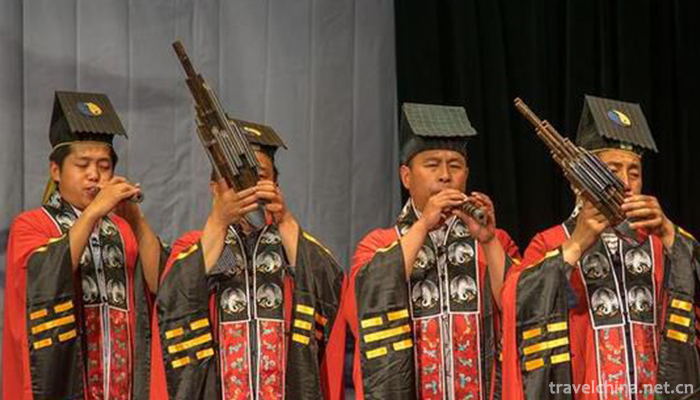
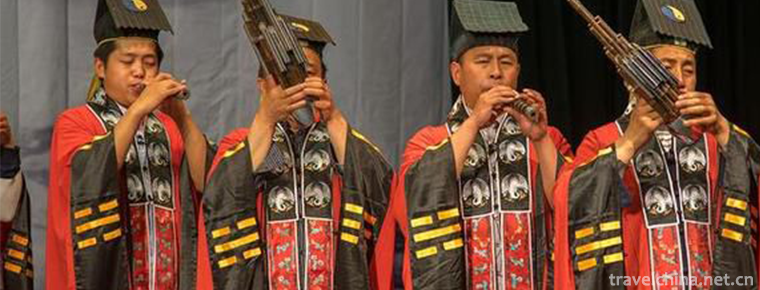
Sheng Guanyue in Jizhong
-
Canton Tower
Located in Guangzhou Haizhu District (Yizhou Island) near the Chigang Tower,
Views: 194 Time 2018-10-12 -
Martial Art
Wushu is a technology inherited from ancient military wars. Martial arts can strengthen the body and defend the enemy
Views: 295 Time 2018-11-13 -
Qiangcheng Tourist Area Beichuan
Mianyang Beichuan Qiang Town Tourist Area is located in Beichuan Qiang Autonomous County, northwest of Sichuan Basin. It consists of Beichuan Earthquake Relics Area, Beichuan New County Town
Views: 188 Time 2018-12-12 -
Tongzhou Forest Park of Grand Canal
Tongzhou Forest Park of the Grand Canal is located on both sides of the North Canal of Tongzhou New Town, Beijing. It starts from Luyang Bridge on the Sixth Ring Road in the north and Wuyao Bridge in
Views: 109 Time 2019-01-07 -
Jiayin Dinosaur National Geopark
Jiayin Dinosaur National Geopark, the first place where dinosaur fossils occurred in China, is named for the dragon. The fossils unearthed here have been packed into 10 dinosaur skeletons.
Views: 125 Time 2019-01-21 -
Taiyuan Qingxu Baoyuan Old Vinegar Workshop
Taiyuan Qingxu Baoyuan Old Vinegar Workshop is located in Taiyuan City, Shanxi Province. It is the "Taiyuan Youth Heritage and Education Base". It has been awarded the "First Industrial
Views: 204 Time 2019-02-13 -
Tianhetan Scenic Area
Tianhetan is located in Shibanzhen, Huaxi District, Guiyang City, Guizhou Province. It is a scenic spot with typical karst natural scenery as the main part and historical celebrities
Views: 137 Time 2019-02-21 -
Fish Swallow in Bazhen Fresh Soup
Ingredients: Six or two fish swallows are served well. Lentinus edodes, crab willow, Jinhua ham, clam, shrimp
Views: 223 Time 2019-03-27 -
Korean Huajiali
The flower armor ceremony of the Korean nationality is one of the important rituals of the Korean nationality's birthday ceremony. Since ancient times, the Korean people have regarded respecting the e
Views: 304 Time 2019-04-16 -
Firing Techniques of Liling Unglazed Colorful Porcelain
The firing technology of Liling Unglazed Five-color Porcelain, the local traditional firing technology of Liling Unglazed Five-color Porcelain in Hunan Province, is one of the national intangible cult
Views: 185 Time 2019-05-13 -
Anhui Normal University
Anhwei Normal University (Anhui Normal University), known as AHNU, is located in Anhui province. Wuhu City It was founded in 1928, and in the period of the Republic of China. National Anhui University
Views: 195 Time 2019-10-10 -
Hydrological survey of Mianyang
Affected by the landform, Mianyang has abundant precipitation, large runoff, vertical and horizontal rivers and developed water system. There are more than 3000 rivers and gullies in the city. All rivers and gullies flow into Fujiang, Bailongjiang and Xihe
Views: 349 Time 2020-12-14

